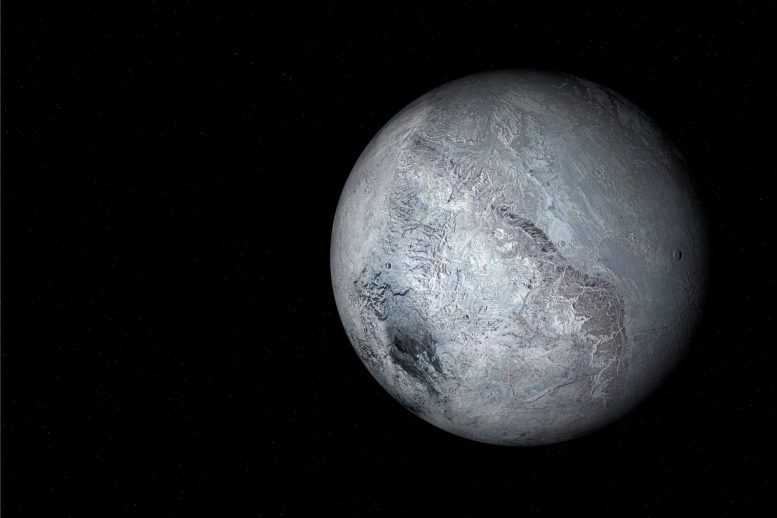
Evidence of internal geochemical activity on the icy dwarf planets Eris and Makemake suggests they may host subsurface oceans, challenging previous notions of these distant worlds as cold and inert. This discovery, made possible by the James Webb Space Telescope, opens new avenues for research on planetary habitability and the dynamic nature of Kuiper Belt objects.
The Webb telescope has observed what appear to be young methane deposits on the surfaces of Eris and Makemake.
A team co-led by Southwest Research Institute has discovered indications of hydrothermal or metamorphic processes within the icy dwarf planets Eris and Makemake, situated in the Kuiper Belt. The presence of methane on their surfaces exhibits characteristics of warm or potentially hot geochemical activities in their rocky interiors, distinctly different from the methane signatures found in comets.
“We see some interesting signs of hot times in cool places,” said SwRI’s Dr. Christopher Glein, an expert in planetary geochemistry and lead author of a paper about this discovery. “I came into this project thinking that large Kuiper Belt objects (KBOs) should have ancient surfaces populated by materials inherited from the primordial solar nebula, as their cold surfaces can preserve volatiles like methane. Instead, the James Webb Space Telescope (JWST) gave us a surprise! We found evidence pointing to thermal processes producing methane from within Eris and Makemake.
The Kuiper Belt and Its Inhabitants
The Kuiper Belt is a vast donut-shaped region of icy bodies beyond the orbit of Neptune at the edge of the solar system. Eris and Makemake are comparable in size to Pluto and its moon Charon. These bodies likely formed early in the history of our solar system, about 4.5 billion years ago. Far from the heat of our Sun, KBOs were believed to be cold, dead objects. Newly published work from JWST studies made the first observations of isotopic molecules on the surfaces of Eris and Makemake. These so-called isotopologues are molecules that contain atoms having a different number of neutrons. They provide data that are useful in understanding planetary evolution.
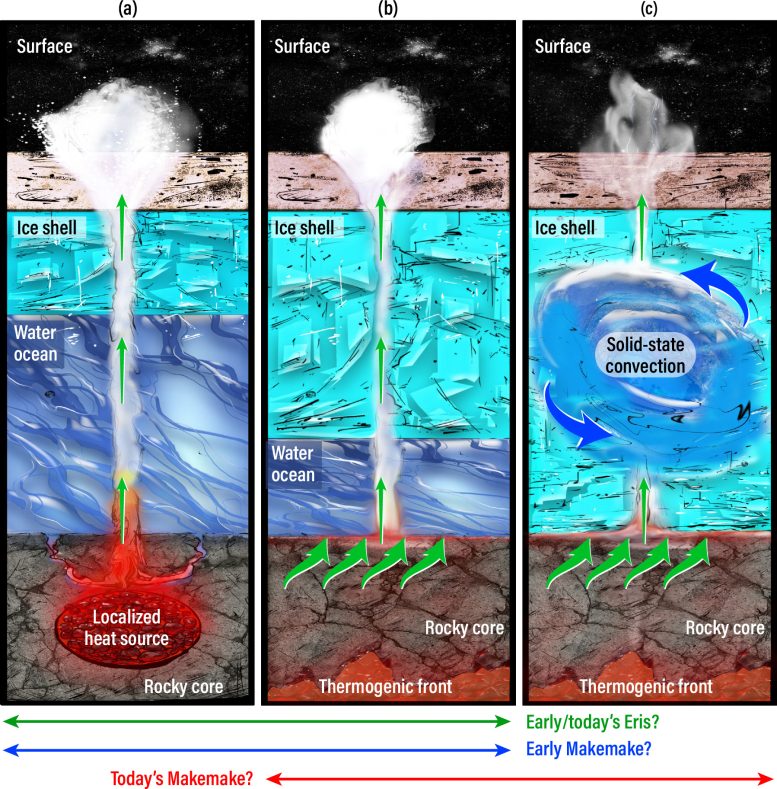
SwRI scientists used data from the James Webb Space Telescope to model the subsurface geothermal processes that could explain how methane ended up on the surfaces of Eris and Makemake, two dwarf planets in the distant Kuiper Belt. The illustration points to three possibilities, including the potential that liquid water exists within these icy bodies at the edge of the solar system, far from the heat of the Sun. Credit: Southwest Research Institute
The JWST team measured the composition of the dwarf planets’ surfaces, particularly the deuterium (heavy hydrogen, D) to hydrogen (H) ratio in methane. Deuterium is believed to have formed in the Big Bang, and hydrogen is the most abundant nucleus in the universe. The D/H ratio on a planetary body yields information about the origin, geologic history, and formation pathways of compounds containing hydrogen.
“The moderate D/H ratio we observed with JWST belies the presence of primordial methane on an ancient surface. Primordial methane would have a much higher D/H ratio,” Glein said. “Instead, the D/H ratio points to geochemical origins for methane produced in the deep interior. The D/H ratio is like a window. We can use it in a sense to peer into the subsurface. Our data suggest elevated temperatures in the rocky cores of these worlds so that methane can be cooked up. Molecular nitrogen (N2) could be produced as well, and we see it on Eris. Hot cores could also point to potential sources of liquid water beneath their icy surfaces.”
Implications for Habitability and Future Exploration
Over the past two decades, scientists have learned that icy worlds can be much more internally evolved than once believed. Evidence for subsurface oceans has been found at several icy moons such as Saturn’s moon Enceladus and Jupiter’s moon Europa. Liquid water is one of the key ingredients in determining potential planetary habitability. The possibility of water oceans inside Eris and Makemake is something that scientists are going to study in the years ahead. If either of them is habitable, then it would become the most distant world in the solar system that could possibly support life. Finding chemical indicators of internally driven processes takes them a step in this direction.
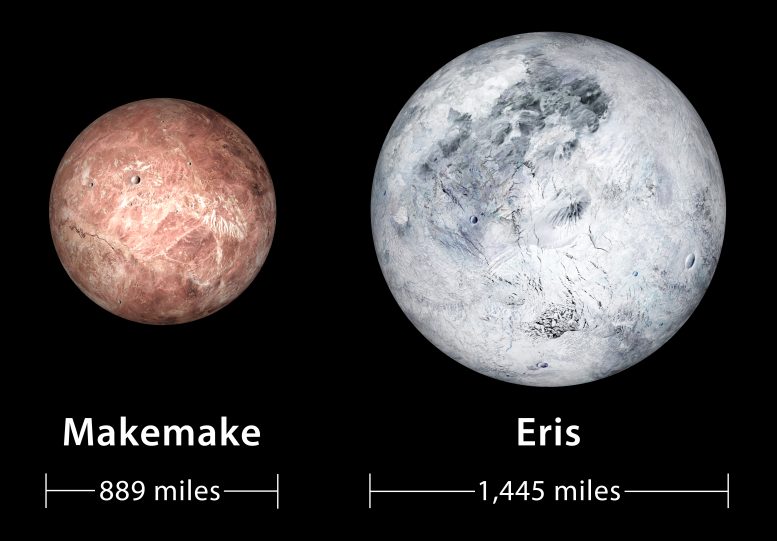
A team co-led by Southwest Research Institute found evidence for hydrothermal or metamorphic activity deep within the icy dwarf planets Eris and Makemake (artistic illustration). Located in the Kuiper Belt, a vast donut-shaped region of icy bodies beyond the orbit of Neptune at the edge of the solar system, Eris and Makemake are comparable in size to Pluto and its moon Charon. Credit: Southwest Research Institute
“If Eris and Makemake hosted, or perhaps could still host warm, or even hot, geochemistry in their rocky cores, cryovolcanic processes could then deliver methane to the surfaces of these planets, perhaps in geologically recent times,” said Dr. Will Grundy, an astronomer at Lowell Observatory, one of Glein’s co-authors and lead author of a companion paper. “We found a carbon isotope ratio (13C/12C) that suggests relatively recent resurfacing.”
This work is part of a paradigm shift in planetary science. It is increasingly being recognized that cold, icy worlds may be warm at heart. Models developed for this study additionally point to the formation of geothermal gases on Saturn’s moon Titan, which also has abundant methane. Furthermore, the inference of unexpected activity on Eris and Makemake underscores the importance of internal processes in shaping what we see on large KBOs and is consistent with findings at Pluto.
“After the New Horizons flyby of the Pluto system, and with this discovery, the Kuiper Belt is turning out to be much more alive in terms of hosting dynamic worlds than we would have imagined,” said Glein. “It’s not too early to start thinking about sending a spacecraft to fly by another one of these bodies to place the JWST data into a geologic context. I believe that we will be stunned by the wonders that await!”
Reference: “Moderate D/H ratios in methane ice on Eris and Makemake as evidence of hydrothermal or metamorphic processes in their interiors: Geochemical analysis” by Christopher R. Glein, William M. Grundy, Jonathan I. Lunine, Ian Wong, Silvia Protopapa, Noemi Pinilla-Alonso, John A. Stansberry, Bryan J. Holler, Jason C. Cook and Ana Carolina Souza-Feliciano, 8 February 2024, Icarus.
DOI: 10.1016/j.icarus.2024.115999

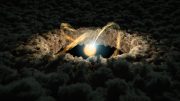
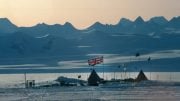



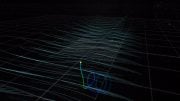

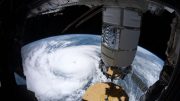
Be the first to comment on "Astronomers Uncover Surprising Activity on the Dwarf Planets Eris and Makemake"